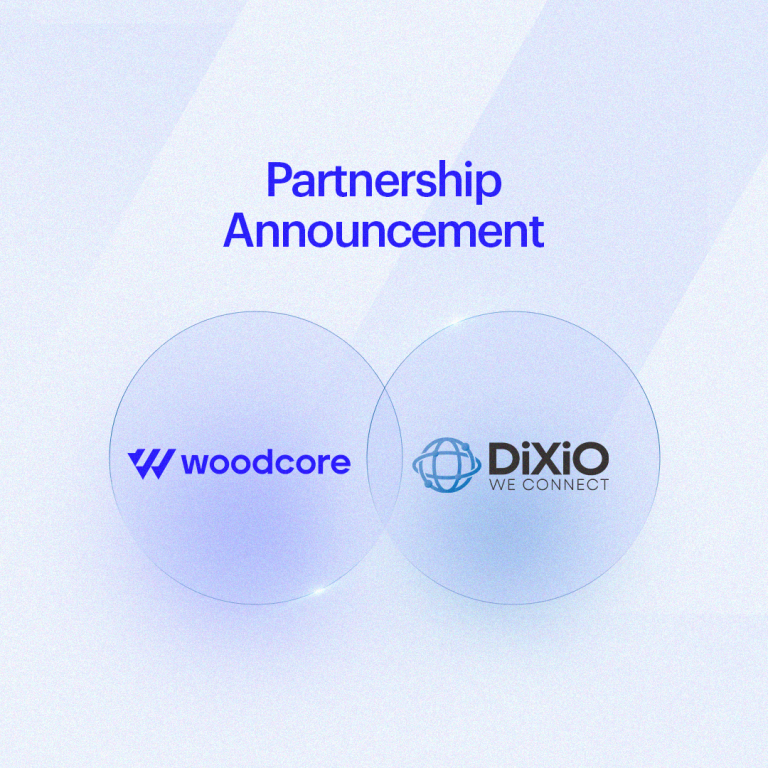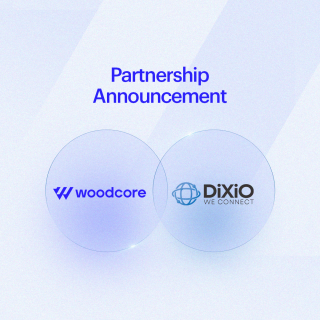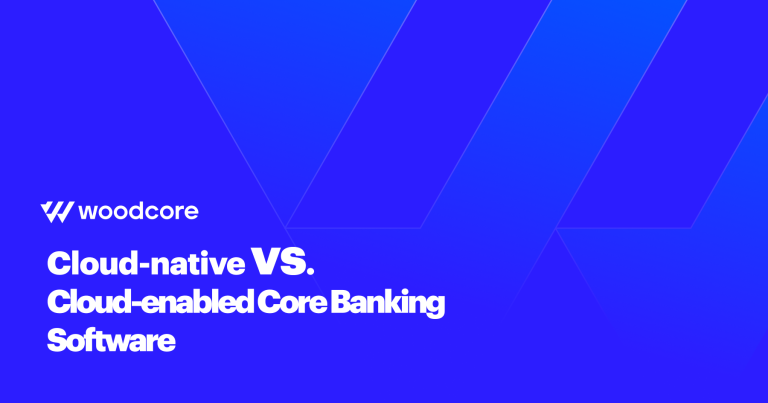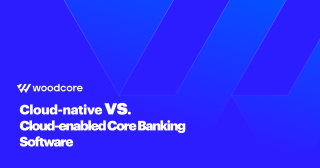Data is one of the most valuable assets in a financial institution’s arsenal. When used correctly, it can unlock new business opportunities, optimise operations, and enhance customer experience.
However, many organisations underutilise their data, relying instead on intuition, sentiment, and tradition. According to McKinsey’s Smarter Analytics for Banks report, only 15% of bank leaders make decisions based on strong data analytics.
Becoming a data-driven financial institution is no longer a luxury—it’s a necessity. With increasing customer expectations, regulatory requirements, and technological changes, leveraging data effectively can be your competitive edge. This transformation requires a strategic focus on culture, technology, and processes.
In this article, we’ll outline the key steps to becoming a data-driven financial institution.
What Does Being a Data-Driven Financial Institution Mean?
Data-driven institutions use data and analytics to guide decision-making, increase efficiency, and enhance customer service.
These institutions:
- Collect, analyse, and utilise large volumes of data from multiple sources
- Use advanced analytics and AI to gain insights and forecast trends
- Refine offerings continuously using data-driven feedback
- Promote data literacy across all levels of the organisation
Core Elements of a Data-Driven Institution
- Data Infrastructure:
Foundational tools and technologies for collecting, storing, and processing data. Cloud-native core banking platforms enable high-volume, real-time processing and third-party integrations.
- Data Accessibility:
Self-service dashboards, role-based controls, and intuitive tools enable organisation-wide data access for smarter decisions.
- Advanced Analytics:
Utilising AI, ML, and predictive modelling to generate deeper insights. Skilled data teams support tool deployment and insights generation.
- Data Governance:
Policies for quality, security, and compliance—such as metadata tracking and GDPR adherence—are essential for managing data responsibly.
- Data Literacy:
Regular training programs across departments empower staff to interpret and apply data in daily tasks.
- Cross-Functional Collaboration:
Breaking down silos and ensuring data insights are accessible across departments for holistic growth.
7 Steps to Becoming a Data-Driven Financial Institution
- Develop a Comprehensive Data Strategy:
Define business goals, data use cases, KPIs, and ensure leadership buy-in. Align your data strategy with business and IT strategy.
- Implement Robust Data Governance:
Ensure data accuracy, security, and compliance through policies, cybersecurity protocols, and clear ownership roles.
- Collect and Integrate Data:
Unify internal and external data (CRM, market data, etc.) via data lakes, warehouses, APIs, and ETL tools for a comprehensive operational view.
- Leverage Analytics Tools and Techniques:
Use platforms like Power BI, Tableau, and ML/AI to generate descriptive, predictive, and prescriptive analytics for better decisions.
- Apply Data Insights to Business Decisions:
Embed data insights into daily decisions—from customer experience improvements to fraud detection and market forecasting.
- Invest in Human Resources:
Build skilled teams (data scientists, engineers, analysts), train staff, and create a culture that rewards data-backed decision-making.
- Continuously Monitor and Improve:
Regularly assess and refine your data strategy based on KPIs, feedback, and changing business needs.
How Do Cloud-Based Core Banking Solutions Help?
Cloud-based banking solutions are pivotal in enabling data-driven transformation:
- Centralised Data: Aggregates data in one location for holistic visibility.
- Real-Time Processing: Enables faster decision-making through up-to-date insights.
- Built-in Analytics: Provides access to insights without heavy investment. For example, Woodcore’s dashboard offers real-time customer and operational analytics.
- Scalability: Adapts to growing data volumes and new use cases easily.
- Security & Compliance: Meets high standards of data protection and regulatory compliance.
- Seamless Integration: Easily connects with third-party tools, enhancing your data ecosystem.
Start Building a Data-Driven Culture Today
To thrive in the modern financial landscape, institutions must prioritise data. A data-driven culture enables better compliance, customer satisfaction, and business growth.
Leverage Woodcore’s cloud-based core banking solution to transform your institution’s data capabilities. Book a demo today.









Leave a Comment